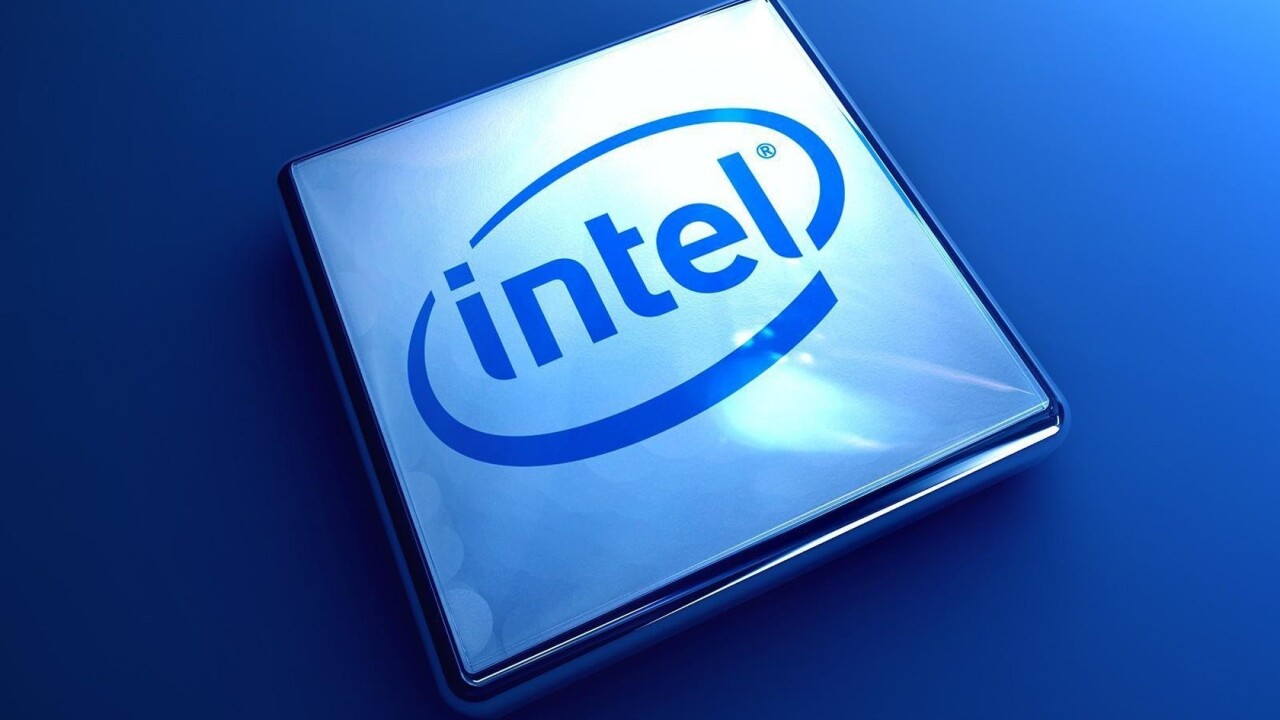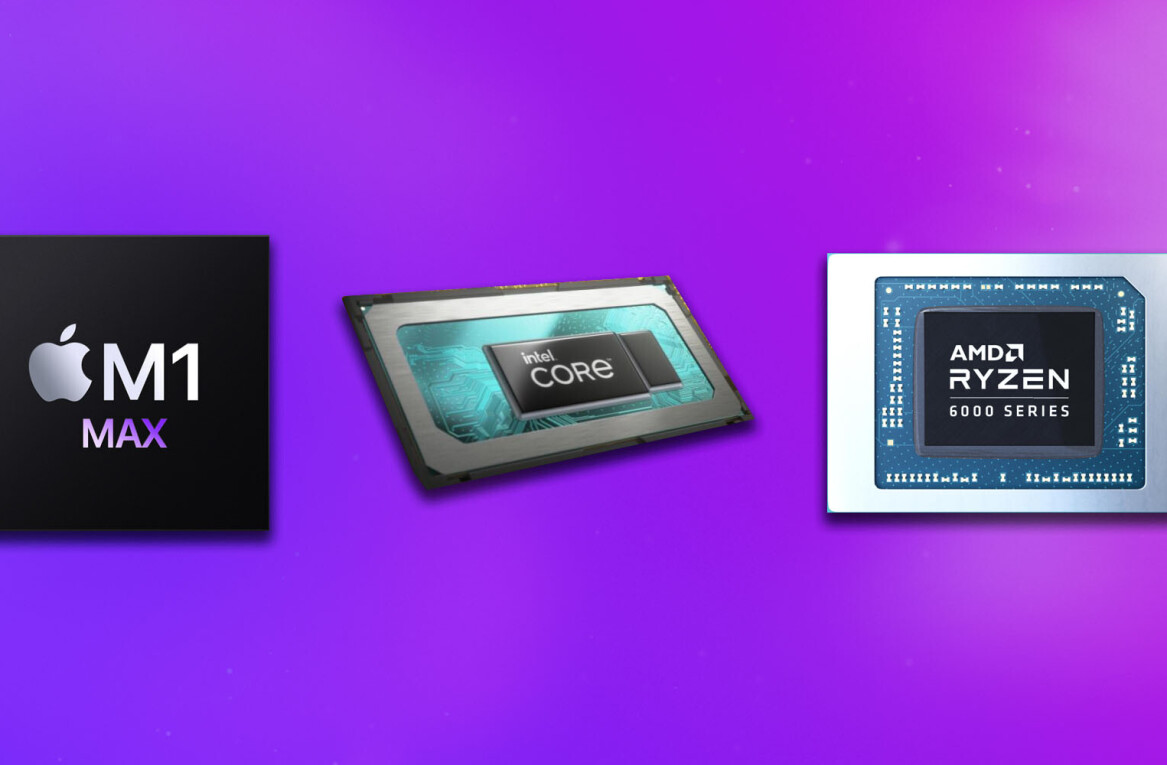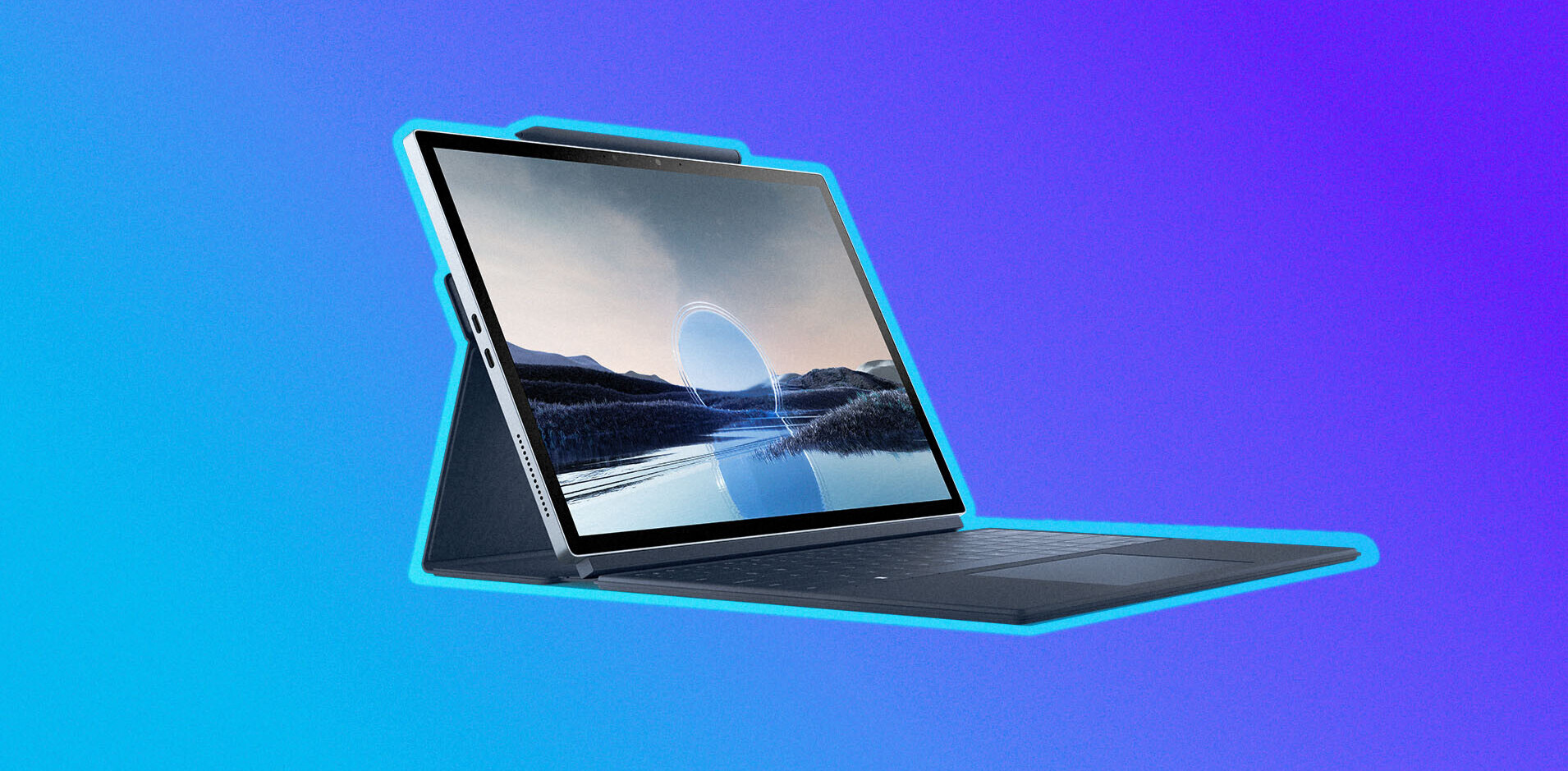
Intel has wasted no time causing controversy after it announced its step into the smartphone market yesterday. The company, which launched a dedicated mobile processor — Medfield — will introduce its first device in China before any other market, going against the convention of focusing on Western markets first.
The company is teaming up with Lenovo to offer the K800 smartphone (which we got our hands on at CES) through operator China Unicom, which is notable as Apple’s first telecom partner in the country.
Intel CEO Paul Otellini said that the device “is coming first to China [because it is] the largest market for smartphones in the world”, but, for those seeking more reasons, here are half a dozen factors behind Intel’s decision to prioritise China.
China’s sheer size
Perhaps most obviously, China is the world’s biggest country. With a population in excess of 1.3 billion people, it has huge potential. To that point, Google is reported to be uppoing its efforts despite the rough ride it had before it withdrew from the country.
World’s biggest smartphone market
As Otellini notes, China’s mobile market became the world’s largest when its shipments overtook the US during the final quarter of 2011. Strategic Analytics analyst Scott Bicheno told TechWorld that “if you’re going to start with one country, why not the biggest?”, and certainly China is a money spinner, just ask Apple CEO Tim Cook.
Smartphone market is poised to grow
Smartphones make up just 15 percent of China’s mobile market, meaning that there are hundreds of millions of mobile phone users that are yet to buy a smartphone or alignment themselves to a brand.
That’s a huge green field for companies like Intel and Lenovo to compete for, and represents a huge contrast to the competitive markets of North America and Europe.
Evolving mobile ecosystem
It isn’t just smartphones that are hotting up in China, the country’s mobile ecosystem is developing as consumer behaviour reflects a growth in smartphones. Apps are boomed to become a huge business and, as we wrote this morning, China Mobile’s dedicated app store is close to hitting 150 million registrations.
On a global context, China’s ‘smartphonisation’ is putting it up there with its more established rivals; recent research from Flurry found it to be the world’s second biggest app downloader, after the US, having posted an annual increase of 870 percent.
No company has ‘taken’ China…yet
The fact remains that no smartphone maker has captured China, in the way that Android and Apple are battling in the West, and BlackBerry has a strong base in Southeast Asia. A number of mid- to low-range local firms, such as Xiaomi, have shown potential; Apple’s brand is popular but lower selling, but China is fragmented and open to new entrants.
But is the price right?
The K800 is rumoured to be priced between $600-$700 which is crucial to its potential. While in Western markets, that price may line up against high-end devices, it is likely to take time before the majority of Chinese smartphones owners can afford it.
Those that do wish to spend that kind of money are, for now at least, favouring Apple over anything else and Intel will have a tough job convincing them otherwise.
Many mass market punters aspire to own an Apple device, but they are happy to settle for an affordable phone that can carry out much of the same functions, mobile Internet in particular, for a fraction of the price. Such a smartphone has the potential to do well, as Xiaomi found out when it shifted 100,000 units of its $400 phone just hours of launching them.
Tough competition
Intel isn’t lining up a free shot at China, the country is no longer a secret and the competition is stacking up there. Apple is increasing its efforts in the country, where it is expected to unveil a new partner operator and begin offering subsidised handsets, Microsoft is testing its Lumia range and Android is already well established.
HTC is pushing hard in China too. The Taiwanese firm has tripled its number outlets in the country, which now exceed 2,000, and it is also aiming to quadruple the amount of research and development staff. Added to that are a host of local makers, and there are a number of brands competing for a slice of the lucrative pie.
Intel’s focus on the country is a positive step but it will at least require strong marketing, a well executed local strategy and, of course, a good device. However we can’t help but feel that the cost of the handset could be a stumbling point to its chances of success it in China.
Get the TNW newsletter
Get the most important tech news in your inbox each week.



